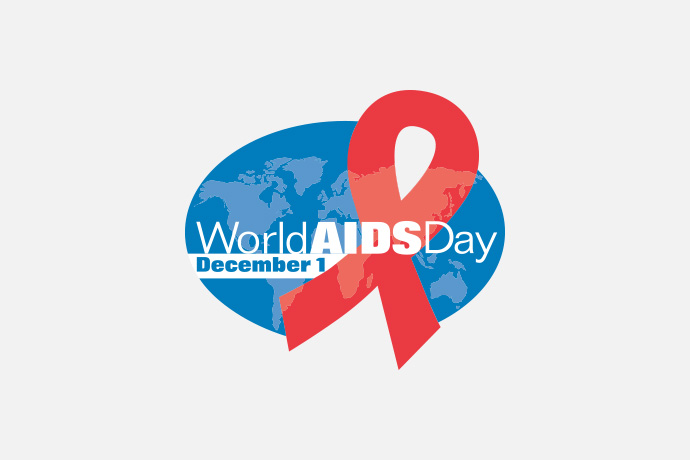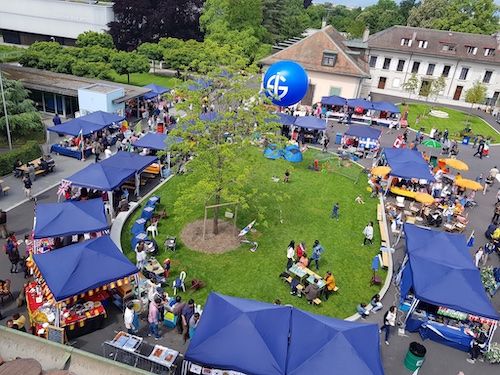By Lea Barry, Year 12
Every year World AIDS Day takes place on December 1. Not only is this a day to commemorate those who have lost their lives to HIV/AIDS but it’s a day to raise awareness to the problem. I’m assuming that most of you did not know about this day and this is an issue. AIDS is a disease which is rarely spoken about anymore, especially amongst the younger generations. Some people believe that it doesn’t exist anymore or that barely anyone has HIV/AIDS nowadays. However that is false. In 2016 alone there were around 35 million people living with HIV/AIDS.
For those of you who don’t know, HIV stands for human immunodeficiency virus and it attacks the body’s immune system. AIDS is the last and most severe stage of HIV infection. There is no cure for HIV/AIDS but it can be treated with medicine known as ART. ART can slow down the progression of HIV/AIDS in the body so that the infected individual can live just as long as someone who is not infected.
On December 1st, a group of year 12 students participated in the World Aids Day event in Geneva. Not only did we learn more about how much progress has been made in fighting AIDS but we learnt about how much still needs to be done. The day began with a panel discussion with 12 speakers from organizations such as the WHO, UNAIDS, UNITAID and so on. Many of the speakers told stories about people – mostly children – they know who are living with HIV/AIDS and they explained how there are still so many people that need help. After the discussion, we participated in Painting for an Education which is a group that works with HIV positive children in Kenya and allows them to use art to “build confidence and resilience”. All of the art made by us and the children in Kenya was sold at the end of the day to raise funds to continue fighting HIV/AIDS.
Those who joined me on HIV/AIDS day found it to be an eye-opening experience:
“Eye opening. The speakers were more than just inspiring, they were factual. These facts were shocking and exposed how harsh the conditions of people living with HIV worldwide are.”
– Lily Radwan
“It was an enlightening experience” -Luyolo Mafu
“It was an incredible experience and truly informative day.” – Maria Doyhambehere
“It was a great to be able to learn more about the different ways in which money is raised, especially for Painting for an Education. It was a wonderful experience all around and an honor to be a part of.” – Grace Ricks
“I so much from this event and I truly enjoyed meeting people work with fighting HIV/AIDS everyday. It was also very touching to read the stories from children who suffer with HIV/AIDS.”
-Isabela Griffin
One of the main issues is that globally around half of the people living with HIV/AIDS don’t have access to medicine. It’s crazy to think that the medicine exists yet we are still struggling to provide it to everyone in need. Millions of people are still dying from HIV/AIDS largely due to their lack of access to treatment. A multitude of them are children and adolescents. Many of these children are infected during their mother’s pregnancy, hence they are born with the disease. However, ART is not designed for children, thus many of them struggle to take it and it can often lead to their deaths. This why funding and research is still so important.
For a long time, people denied that HIV/AIDS existed and it was a very taboo topic because of the stigma that surrounds it. Even today HIV/AIDS is still an unspoken topic in many cases largely due to a lack of education. Not only does education provide information about what HIV/AIDS is but it spreads awareness which also allows children to understand that this is not a taboo topic.
We must continue to speak about HIV/AIDS with friends, family and others. Even if you can’t directly help fight this virus, you are contributing by spreading awareness.The treatment is more or less ready, the only issue is supplying it but if everyone contributes, we can make a difference.



